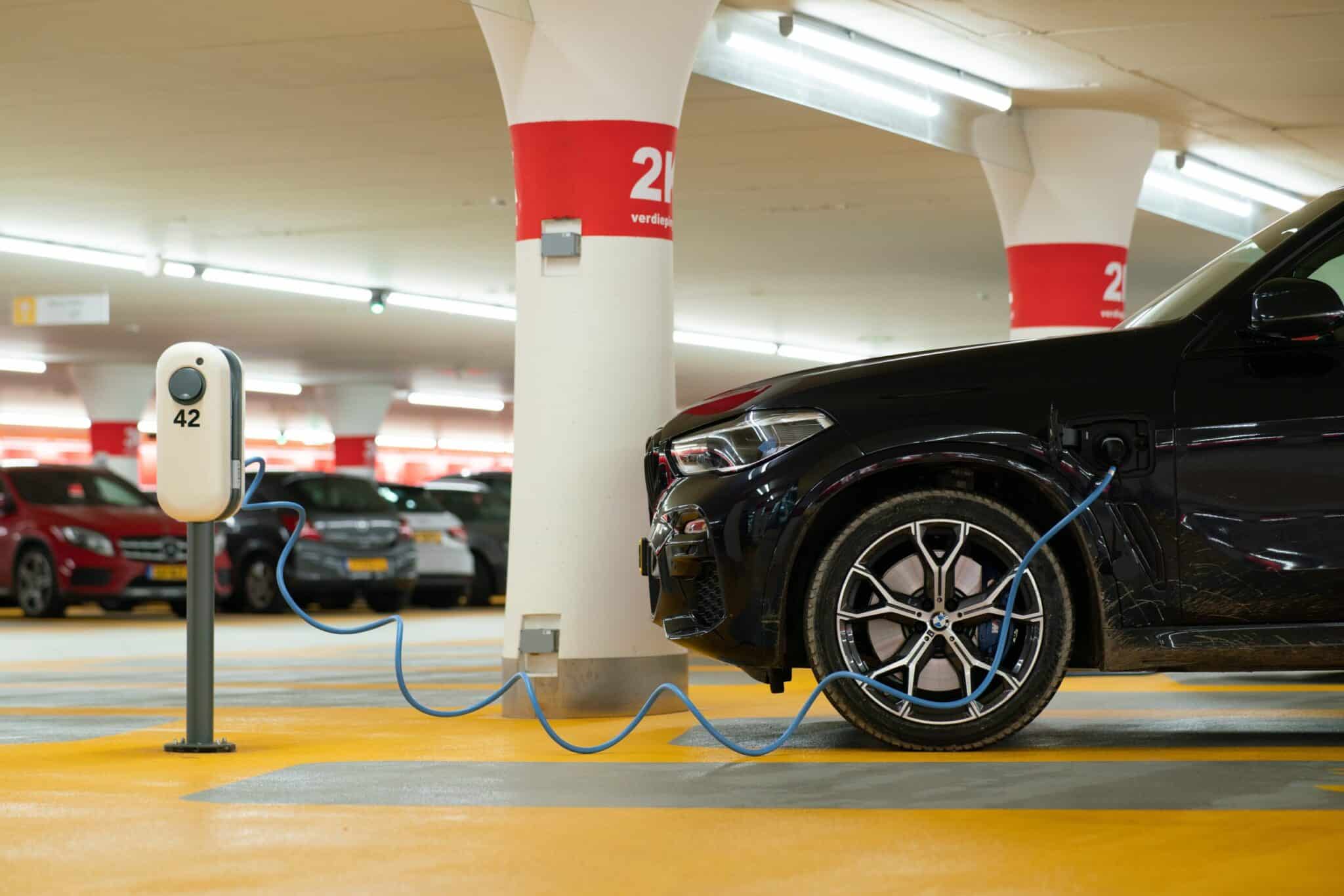Do Electric Cars Use Oil? A Comprehensive Guide to the World of Electric Vehicles
Electric vehicles, often shortened to EVs, are more than just a modern fad or a fleeting trend. They signify an impactful shift in the sphere of transportation, demonstrating the potential to drastically alter our everyday commute. Completely powered by electricity, these vehicles stand as an emblem of clean, efficient, and increasingly affordable means of travel.
From high-end models like the Tesla Model S to more budget-friendly options like the Nissan Leaf, the electric vehicle market has expanded and diversified significantly over recent years. Today, these cars aren’t just the domain of the wealthy or environmentally conscious; they’ve reached a much wider audience. The growing availability of charging stations, government incentives, and the overall decrease in ownership costs have all contributed to their rising popularity. With their ability to reduce carbon emissions drastically, electric cars are paving the way for a more sustainable future.
While the future of EVs undeniably holds immense promise, it’s natural to have questions along the way like, “Do electric cars use oil?” or “Do electric cars have tailpipes?” To provide clarity and put your mind at ease, let’s delve into all the essential aspects you need to know. We’ll cover topics ranging from electric car components like the transmission to required maintenance, including any necessary fluid servicing. Additionally, we’ll share invaluable tips for maximizing your electric vehicle experience, empowering you with a well-informed perspective on harnessing this transformative technology.
Do Electric Cars Use Oil? Unraveling the Myths
A commonly held misconception about electric vehicles is the belief that they require oil to function, similar to conventional gas-powered cars. But the reality is quite different. Electric cars operate on an entirely different mechanism that doesn’t require oil.
Conventional cars use oil as a lubricant for their internal combustion engines. Oil minimizes friction among moving parts and helps dissipate heat. But electric vehicles use electric motors, which have fewer moving parts and produce less heat. These motors run on electricity stored in the vehicle’s batteries, eliminating the need for oil.

This shift from oil reduces the maintenance costs associated with regular oil changes. It also reduces the environmental impact associated with oil use and disposal, as used motor oil is a significant source of toxic water pollution. The absence of oil in electric cars reaffirms their standing as an environmentally friendly transportation option.
Tesla and the Electric Car Revolution: Do Teslas Have Gas Tanks?
As the flagbearer of the electric vehicle revolution, Tesla often sparks curiosity among prospective buyers and EV enthusiasts. A frequently asked question is, “Do Teslas have gas tanks?” The response is unequivocally no.
Tesla vehicles, like all fully electric vehicles, function exclusively on electrical power. They possess high-capacity battery packs that store the electricity used to run the motor and power the vehicle. This stored electricity propels the car forward, eliminating the need for a gas tank.
Additionally, the absence of a gas tank also contributes to the design flexibility of electric vehicles. It allows for more cargo space and different vehicle layouts, enhancing the functionality and user experience offered by these cars. Tesla models, in particular, often come with a ‘frunk’ or a front trunk, thanks to the space saved by removing the gas tank and engine.
The Missing Components: Do Electric Cars Have Exhaust and Tailpipes?
Exploring the design of electric vehicles further reveals the absence of some familiar components. When people ask, “Do electric cars have exhaust systems or tailpipes?” the answer is no. The reason for their absence lies in the fundamental difference between how traditional cars and electric cars operate.

Since electric vehicles don’t burn fuel, they don’t produce exhaust gases. Traditional cars, on the other hand, combust gasoline or diesel in an internal combustion engine, producing exhaust gases. These gases, containing substances like carbon dioxide and nitrogen oxide, are expelled through the tailpipe.
Since electric cars don’t have an internal combustion engine, they don’t need an exhaust system. This is one of the primary reasons why electric cars are considered more environmentally friendly. By not producing tailpipe emissions, they contribute significantly less to air pollution, benefiting urban air quality and helping mitigate climate change.
Fun Facts about Electric Cars: Did You Know?
Electric cars have a rich history and hold a few surprises that many people might not be aware of. For instance, the first rudimentary electric vehicle was invented way back in 1832 by Scottish inventor Robert Anderson, predating the gasoline car by several decades.
Furthermore, the stigma that electric cars are slow and boring is far from accurate. Today’s electric cars boast impressive performance stats. For instance, the fastest electric car today, the Rimac Nevera, can go from 0 to 60 mph in just 1.85 seconds! That’s faster than most supercars on the market.
And here’s another fun fact: some electric cars can go over 370 miles on a single charge. That’s a range comparable to, if not better than, many conventional cars. So, the idea that electric cars can’t go the distance is rapidly becoming outdated.
Eco-Friendly Car Features: More Than Just Zero Emissions
While their zero-emission status is a significant advantage, electric cars have much more to offer in terms of eco-friendly features. One such feature is regenerative braking. Unlike conventional braking systems that waste the kinetic energy of a moving car as heat, regenerative braking systems recover this energy. When the brakes are applied, the electric motor runs in reverse to slow the car down, generating electricity that’s fed back into the battery. This process improves the energy efficiency of electric cars and extends their driving range.
Furthermore, the batteries used in electric cars, predominantly lithium-ion, can be recycled. When they’ve reached the end of their life in a car, they can often be repurposed for less demanding applications, like energy storage. If they can’t be reused, their raw materials can be recovered and used to manufacture new batteries. This end-of-life pathway helps reduce the environmental impact associated with battery disposal.
On top of these features, electric cars stand out for their energy efficiency. In a gasoline car, only about 17% to 21% of the energy from gasoline is used to move the car. The rest is lost as heat or used for non-driving functions. Electric cars, in contrast, convert over 60% of their electrical energy to power at the wheels.
Eco-Friendly Gas Stations: Fueling the Future
The term “eco-friendly gas stations” might sound like a contradiction, but these are fast becoming a reality in the world of electric cars. As the number of electric cars on the roads increases, there’s growing demand for charging stations.
These aren’t your conventional gas stations. Instead of offering gasoline or diesel, they provide charging facilities for electric vehicles. Drivers can plug in their cars, grab a coffee, and return to a charged vehicle.

Some of these stations are going a step further in their eco-friendly commitments. They’re powered by renewable energy sources like wind or solar power. Tesla, for example, is incorporating solar panels into its Supercharger stations, enabling these stations to generate the power they provide to cars. This setup minimizes the carbon footprint of charging and brings us closer to a truly zero-emission transport system.
Environmentally Friendly Batteries: Powering the Green Revolution
Electric cars wouldn’t be possible without significant advancements in battery technology. These aren’t the traditional lead-acid batteries you find in gasoline cars. Electric cars primarily use lithium-ion batteries. These batteries are lighter and more energy-dense, making them ideal for automotive use.
Lithium-ion batteries are also more environmentally friendly than their lead-acid counterparts. They last longer, require less maintenance, and are less hazardous to dispose of. However, they’re not without environmental impacts, primarily related to the mining of lithium and other metals used in the batteries.
That’s why researchers are working on next-generation battery technologies that are even more sustainable. These include solid-state batteries that promise higher energy density and safety, and batteries using more abundant and less toxic materials like sodium or magnesium. The development and deployment of these new technologies will play a crucial role in further reducing the environmental impact of electric cars.

Meanwhile, companies are also exploring ways to reduce the impact of battery production. This includes sourcing materials more sustainably, improving manufacturing efficiency, and creating robust recycling programs to recover and reuse materials from used batteries. As we continue to innovate, we can expect to see even more environmentally friendly batteries in the future.
Eco Battery Vehicles: A New Age of Transportation
When we talk about eco battery vehicles, we’re discussing a broader concept that goes beyond zero tailpipe emissions. These vehicles represent a shift in our approach to transportation, towards one that prioritizes sustainability at every level.
Firstly, the production processes for these vehicles are being refined to reduce environmental impact. This includes using more sustainable materials in car manufacturing and adopting leaner production techniques that minimize waste and energy use. Many electric car manufacturers are also focusing on creating ‘green’ factories that use renewable energy and have zero waste outputs.
Secondly, the operation of these vehicles is much cleaner. As we’ve already discussed, electric cars have no tailpipe emissions, and even their indirect emissions (from electricity production) can be minimized if renewable energy is used for charging.
Lastly, the end-of-life handling of these cars and their components is also being considered. From repurposing and recycling batteries to reusing car parts, steps are being taken to ensure that eco battery vehicles remain eco-friendly even at the end of their life.
The Road Ahead for Electric Cars
Electric cars have already started changing the paradigm of transportation. They’re helping us debunk old myths and reshape our understanding of what’s possible. A question like “do electric cars use oil” seems almost archaic in the context of today’s rapidly evolving automotive landscape.

The road ahead for electric cars seems full of potential. Technological advancements continue to improve the efficiency, performance, and affordability of these vehicles. Public and private investments are supporting the expansion of charging infrastructure. Policy initiatives are encouraging the shift to electric transport. And as society becomes more conscious of the need for sustainability, consumer demand for electric cars is expected to grow.
All these factors indicate that we’re moving away from our reliance on oil and gas for transportation, towards a cleaner, more sustainable future. With every electric car on the road, we’re taking a step closer to this future. As we continue this journey, we can expect electric cars to play an even more significant role in our transportation systems and our efforts to combat climate change.
More on EV Universe:
- Insights & Updates: Stay updated in the world of electric vehicles with our insights section. Dive into our in-depth reviews, educational pieces, and the latest news.

